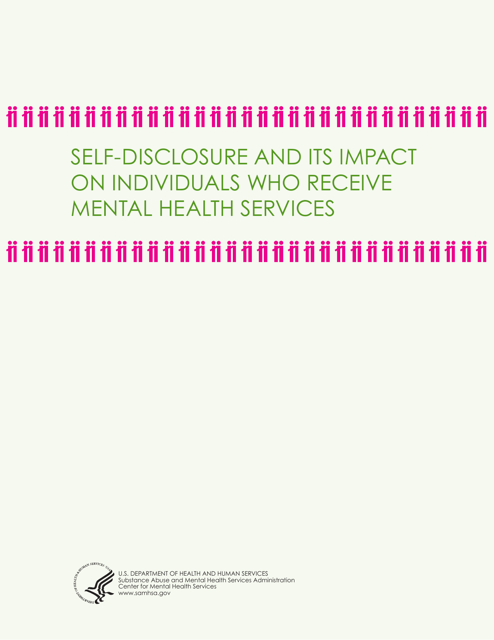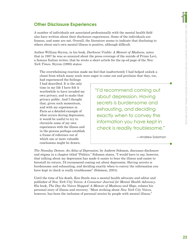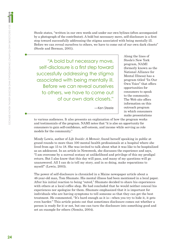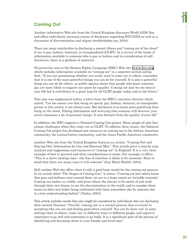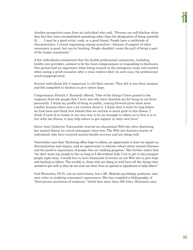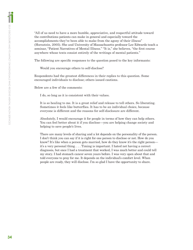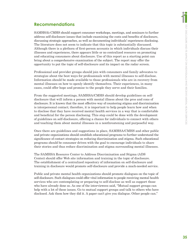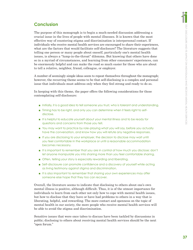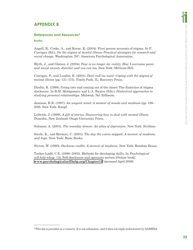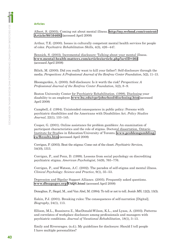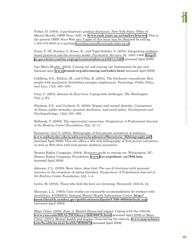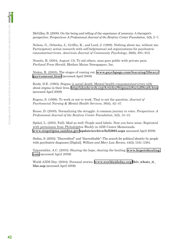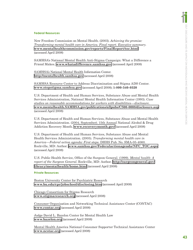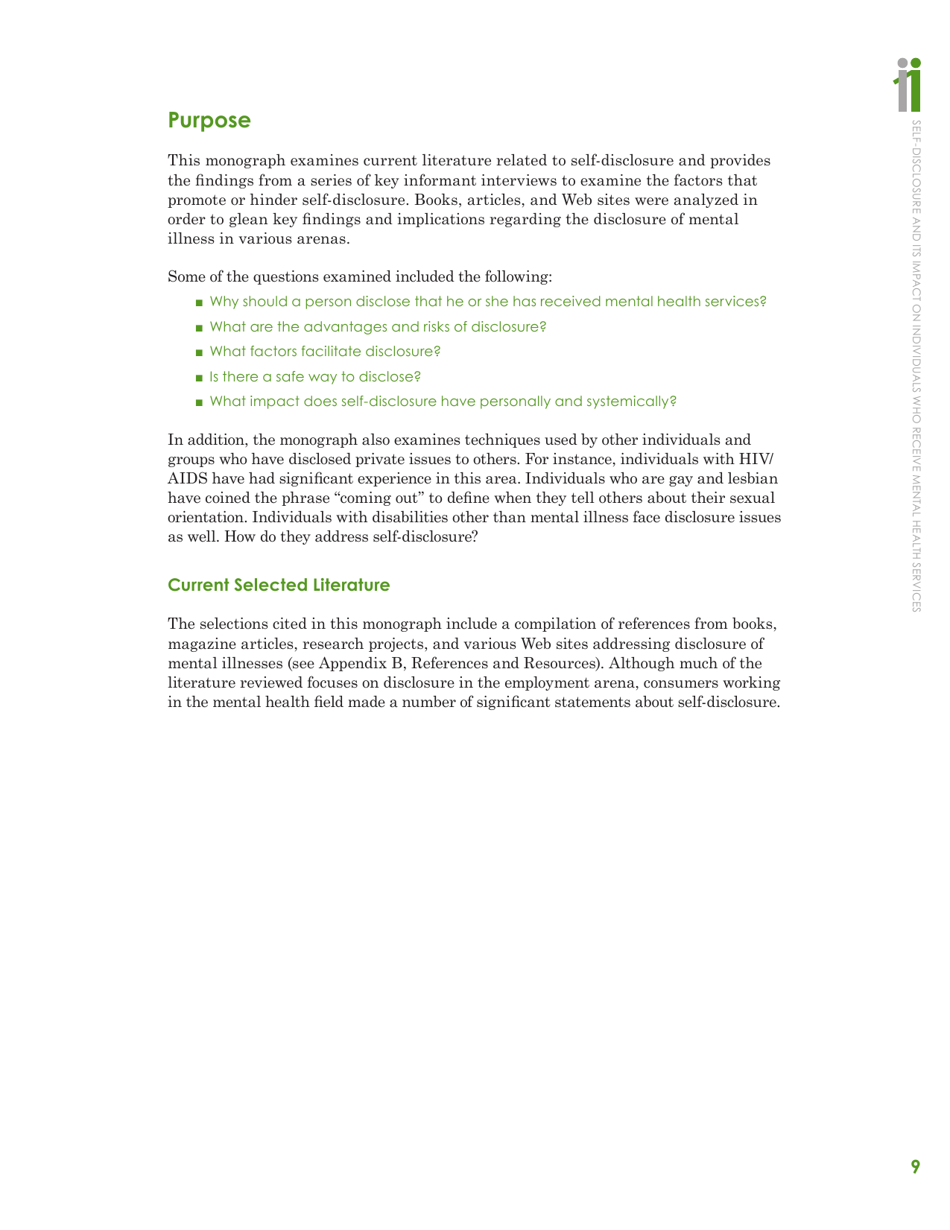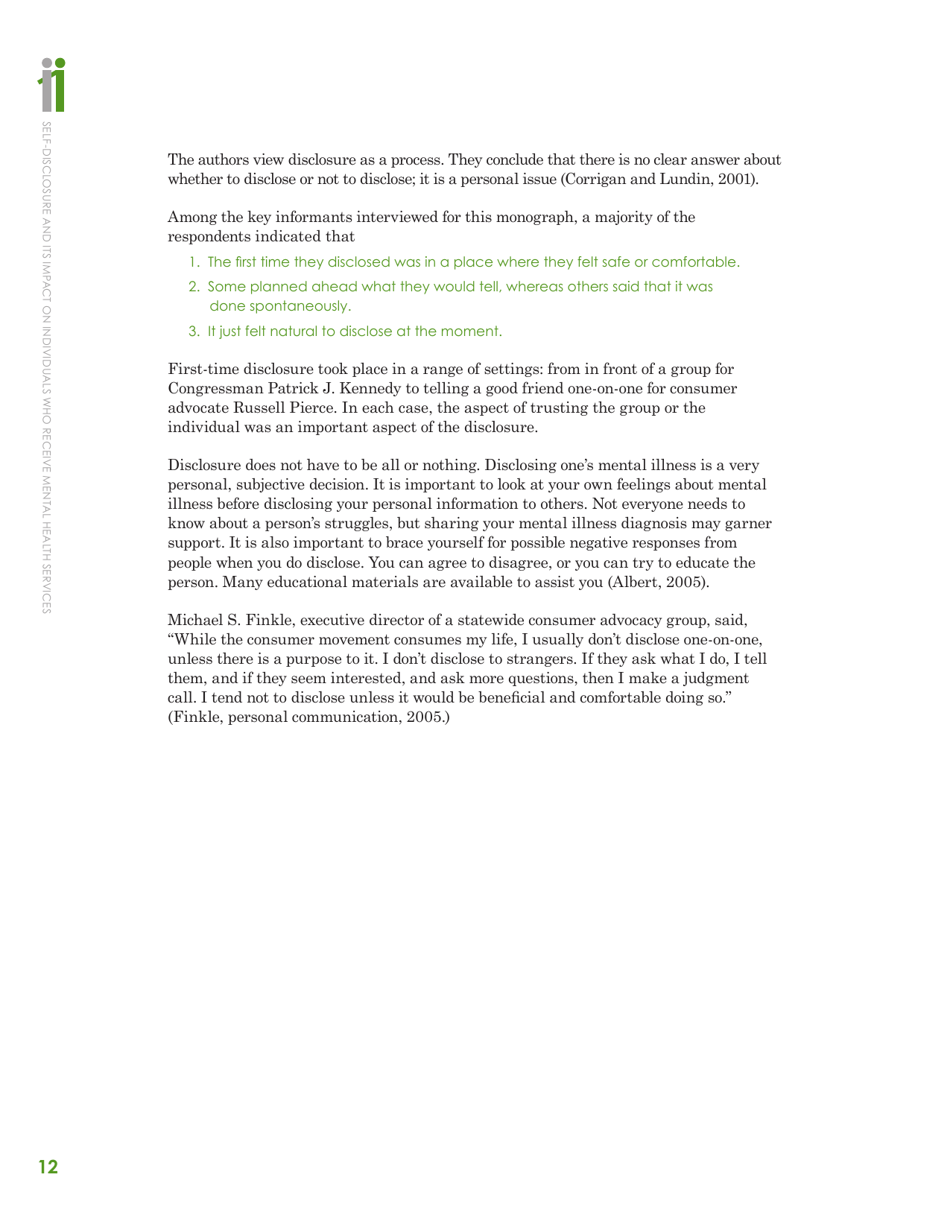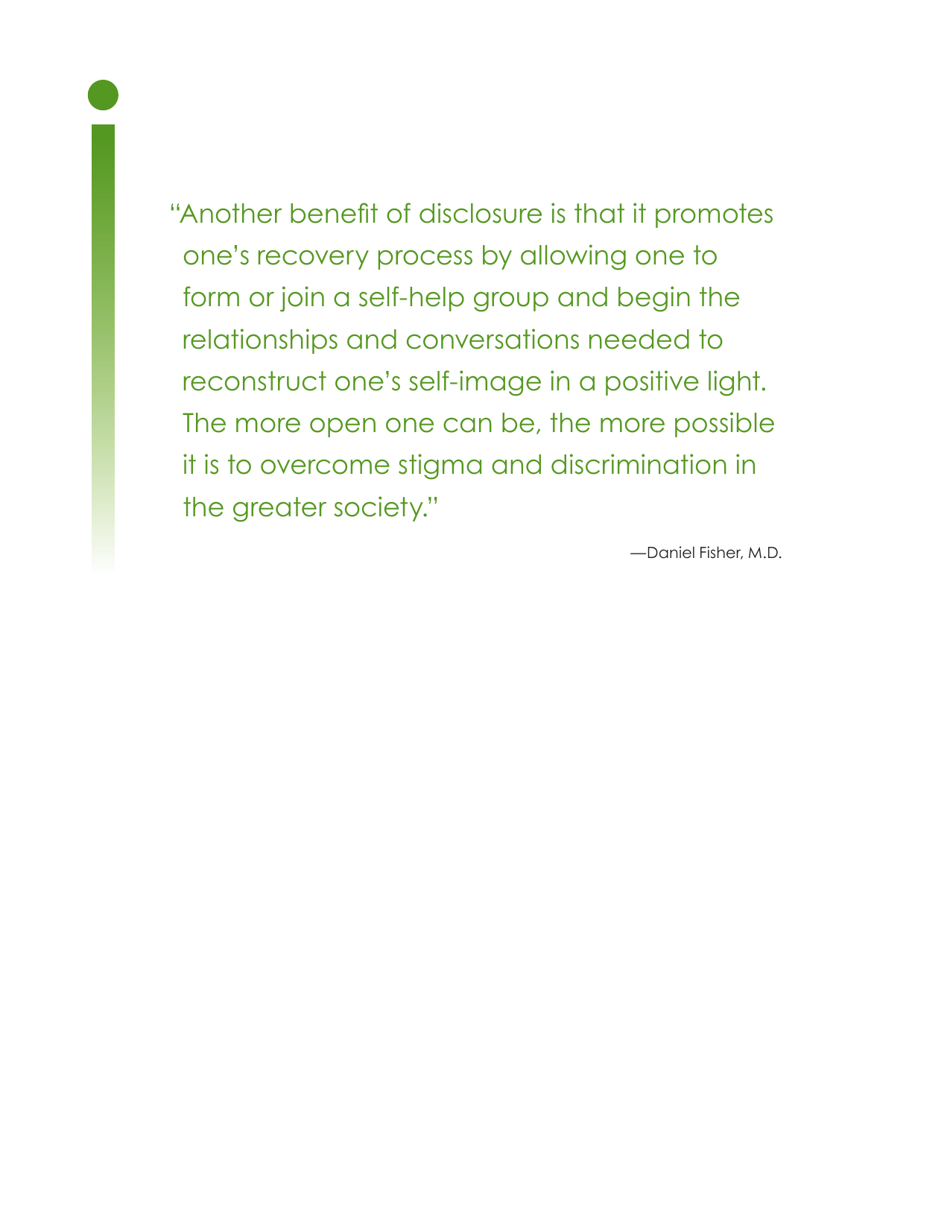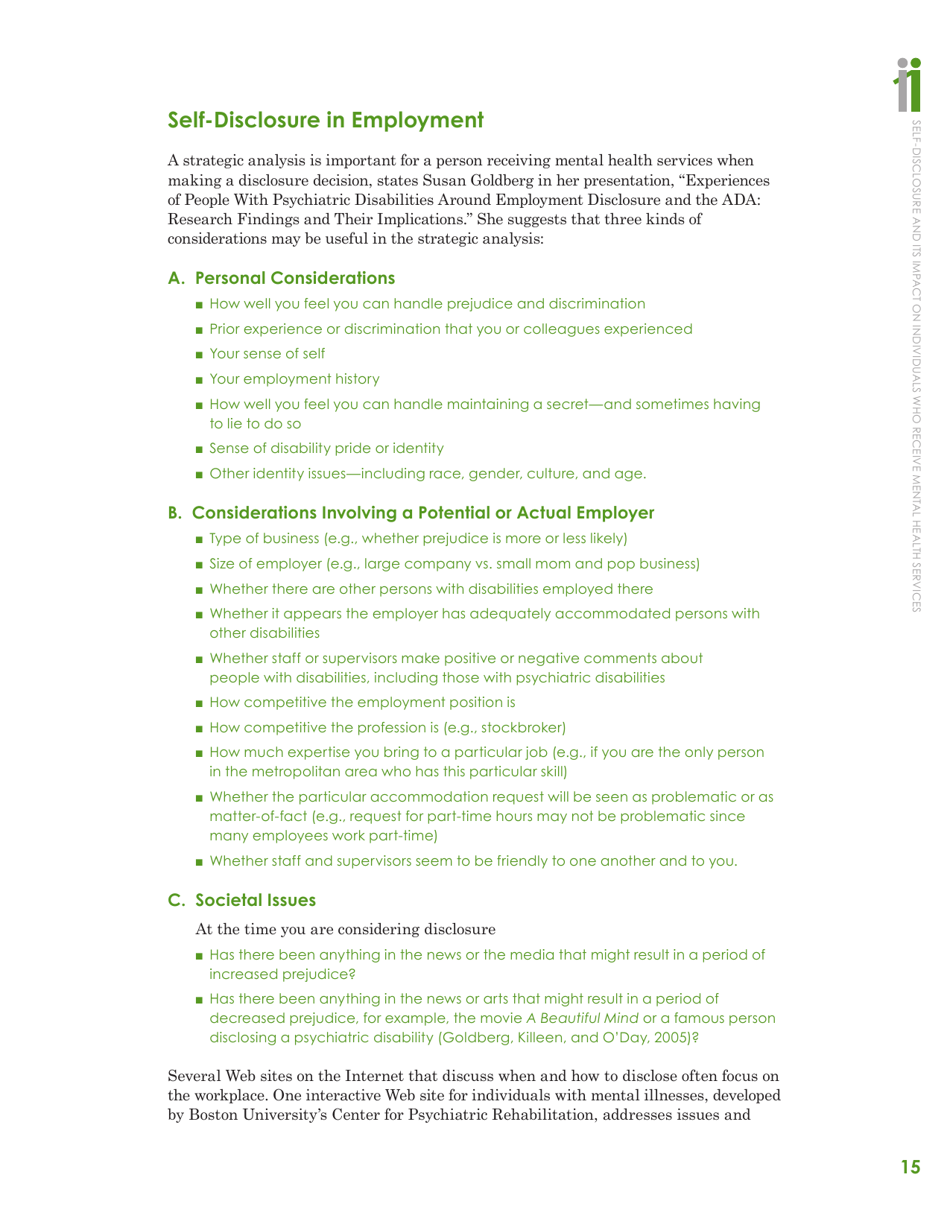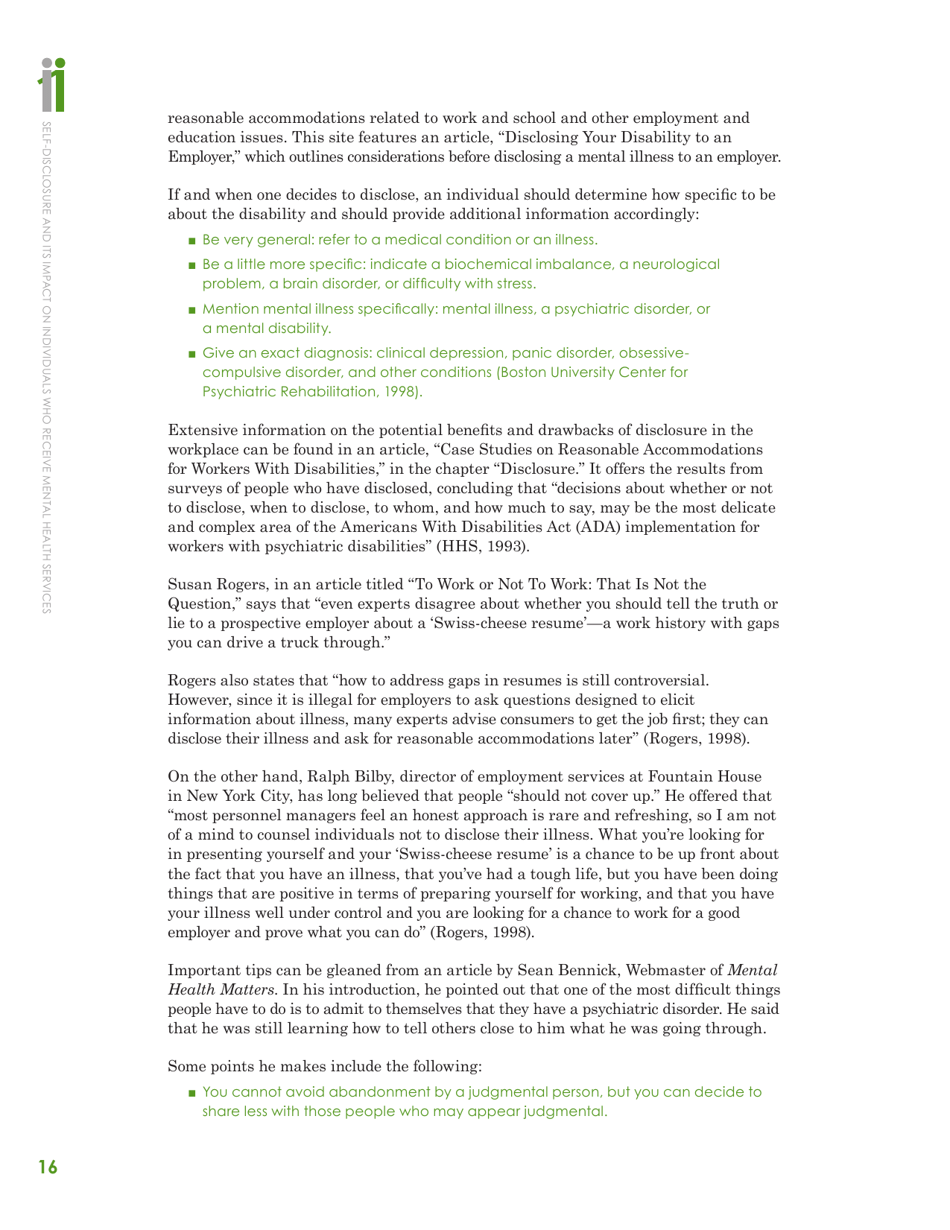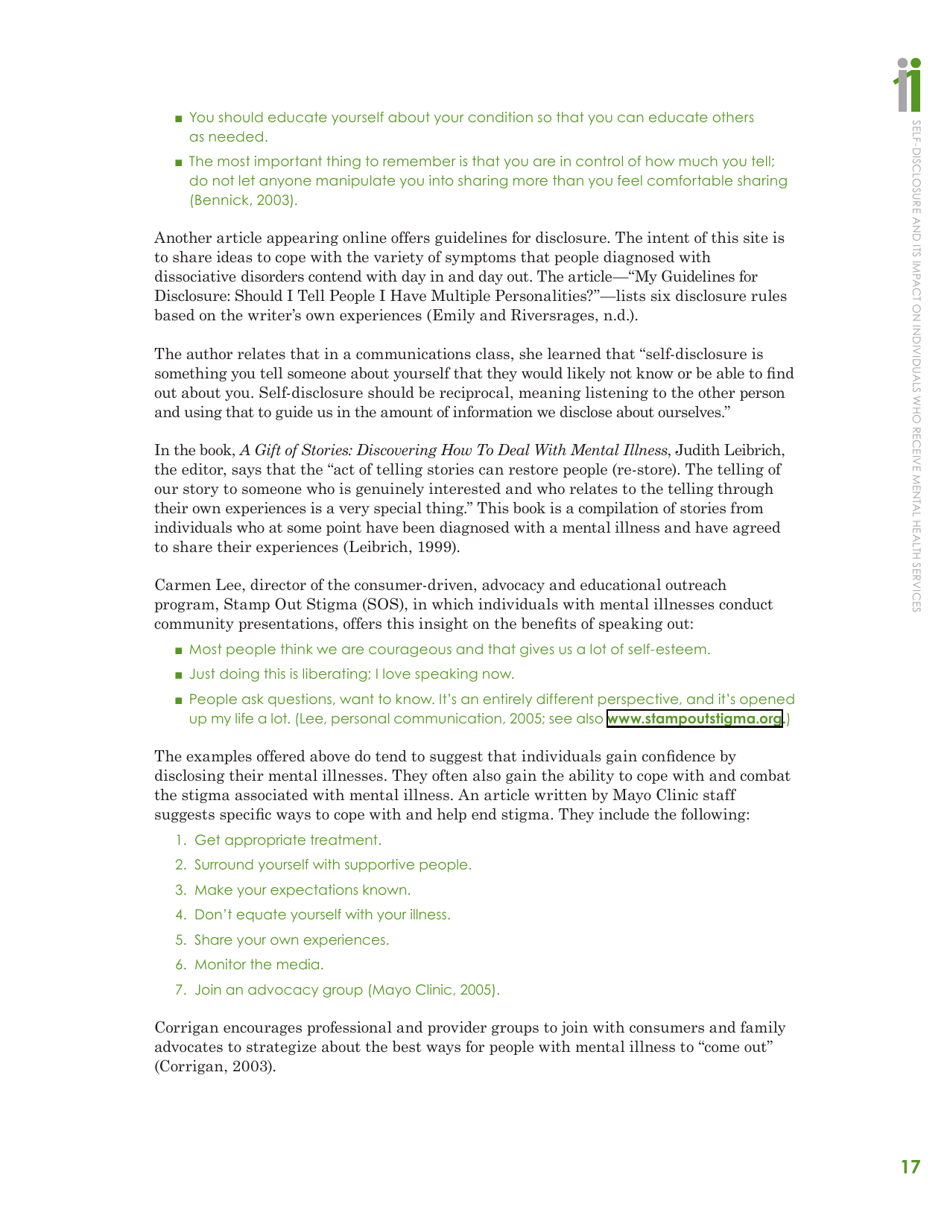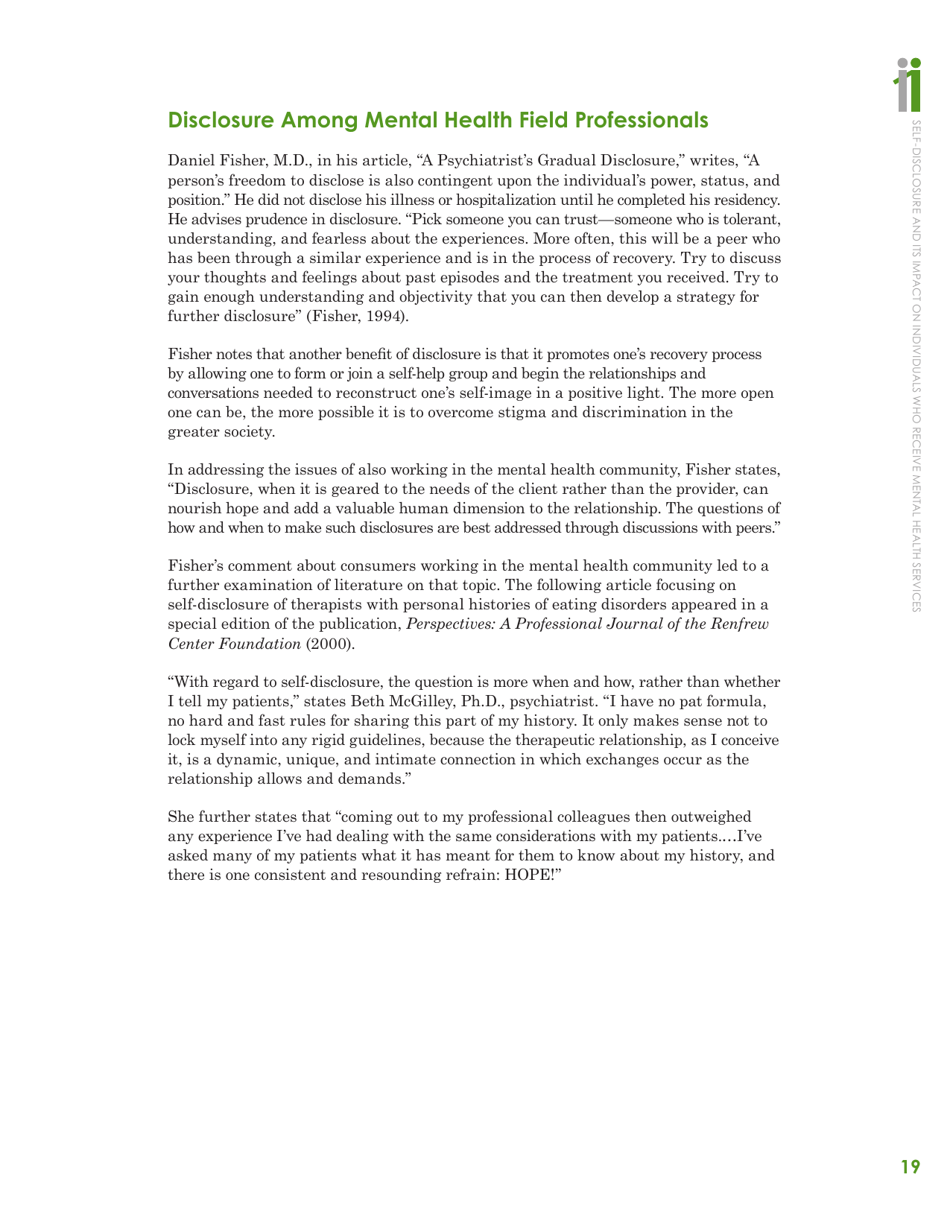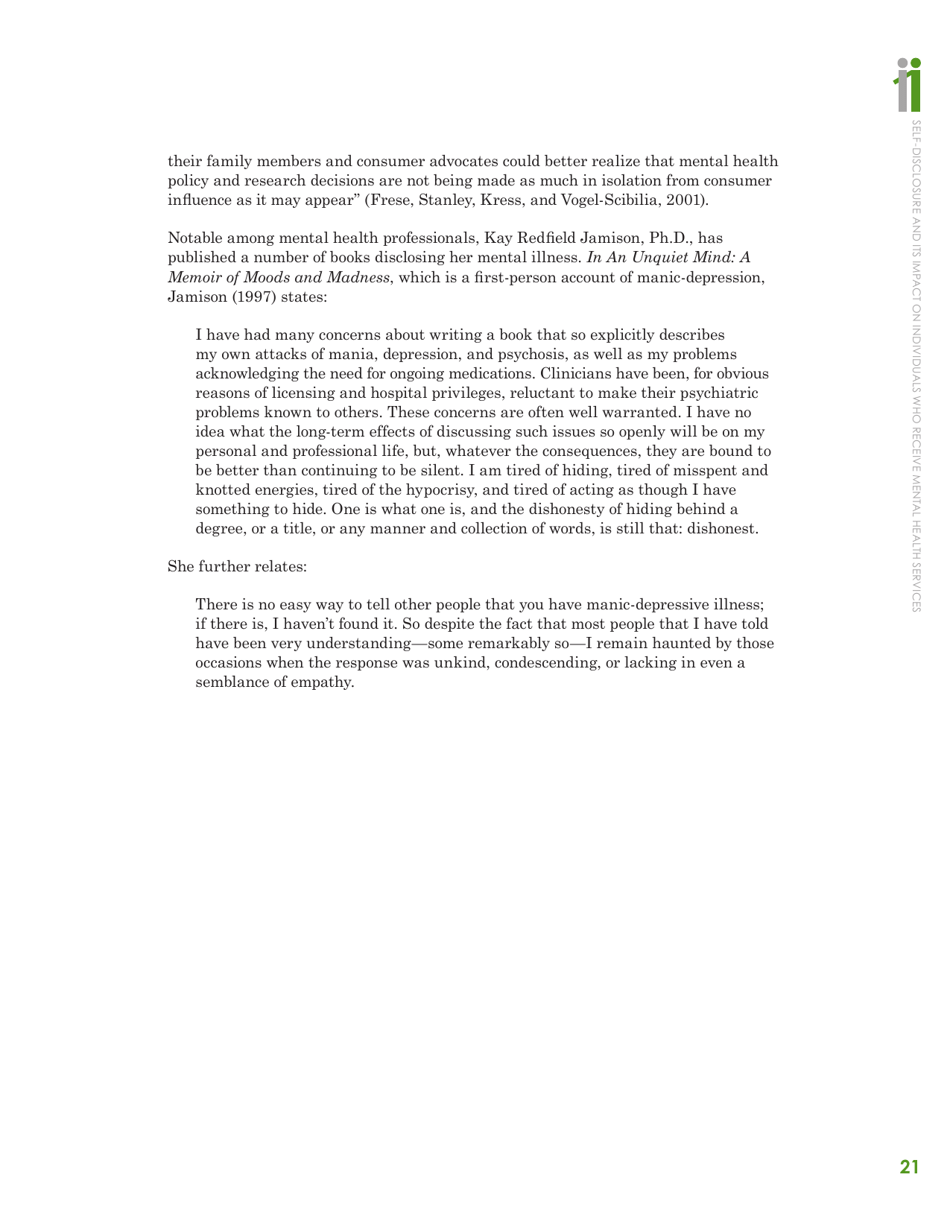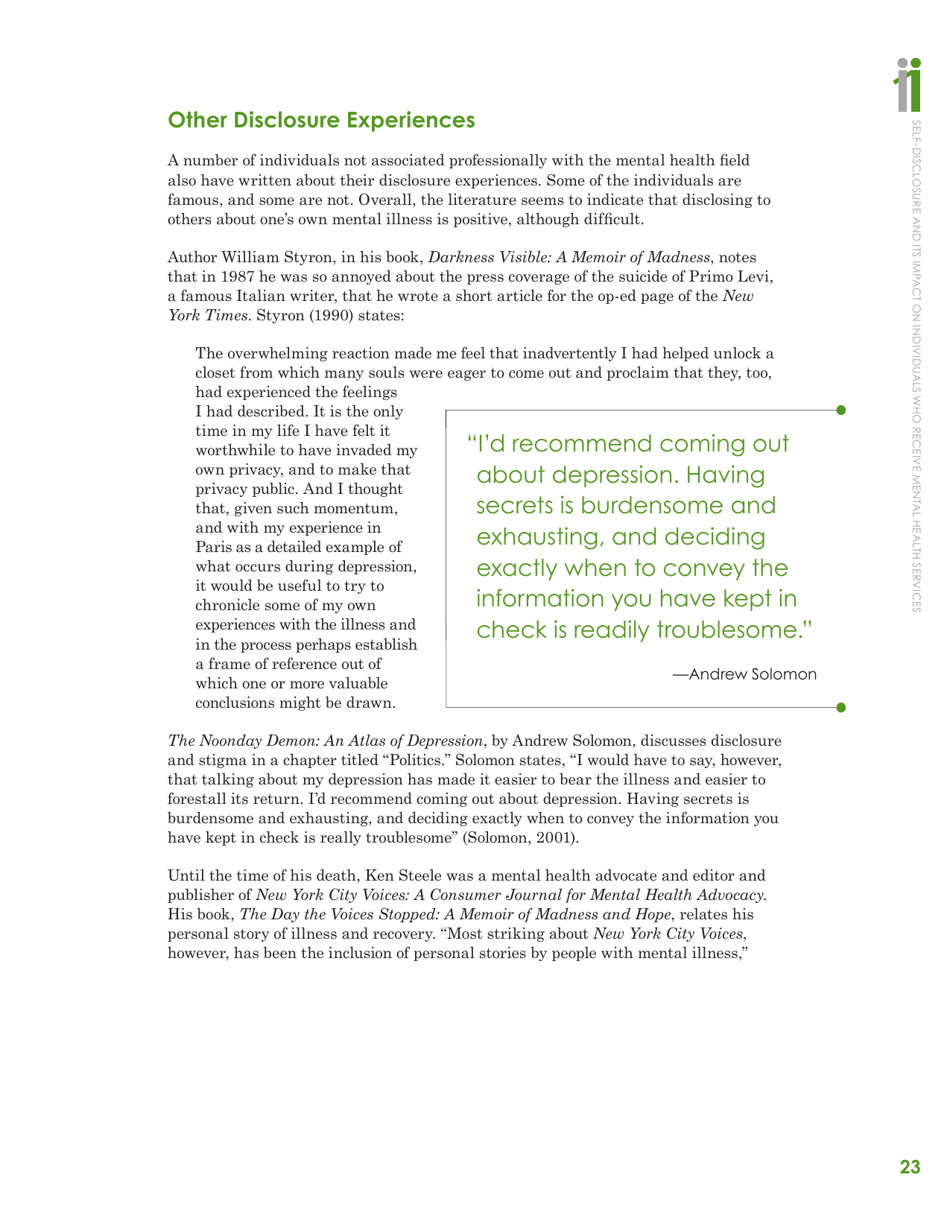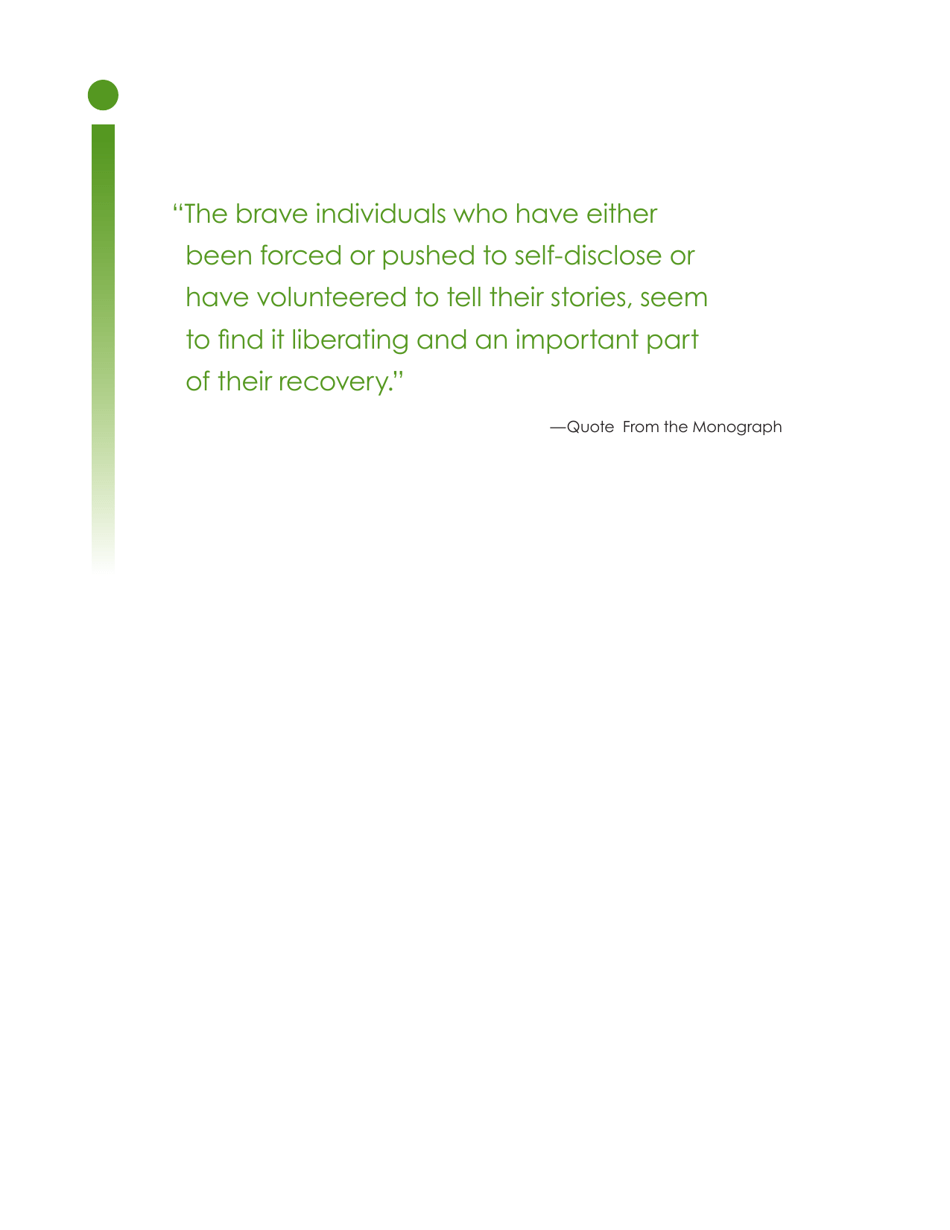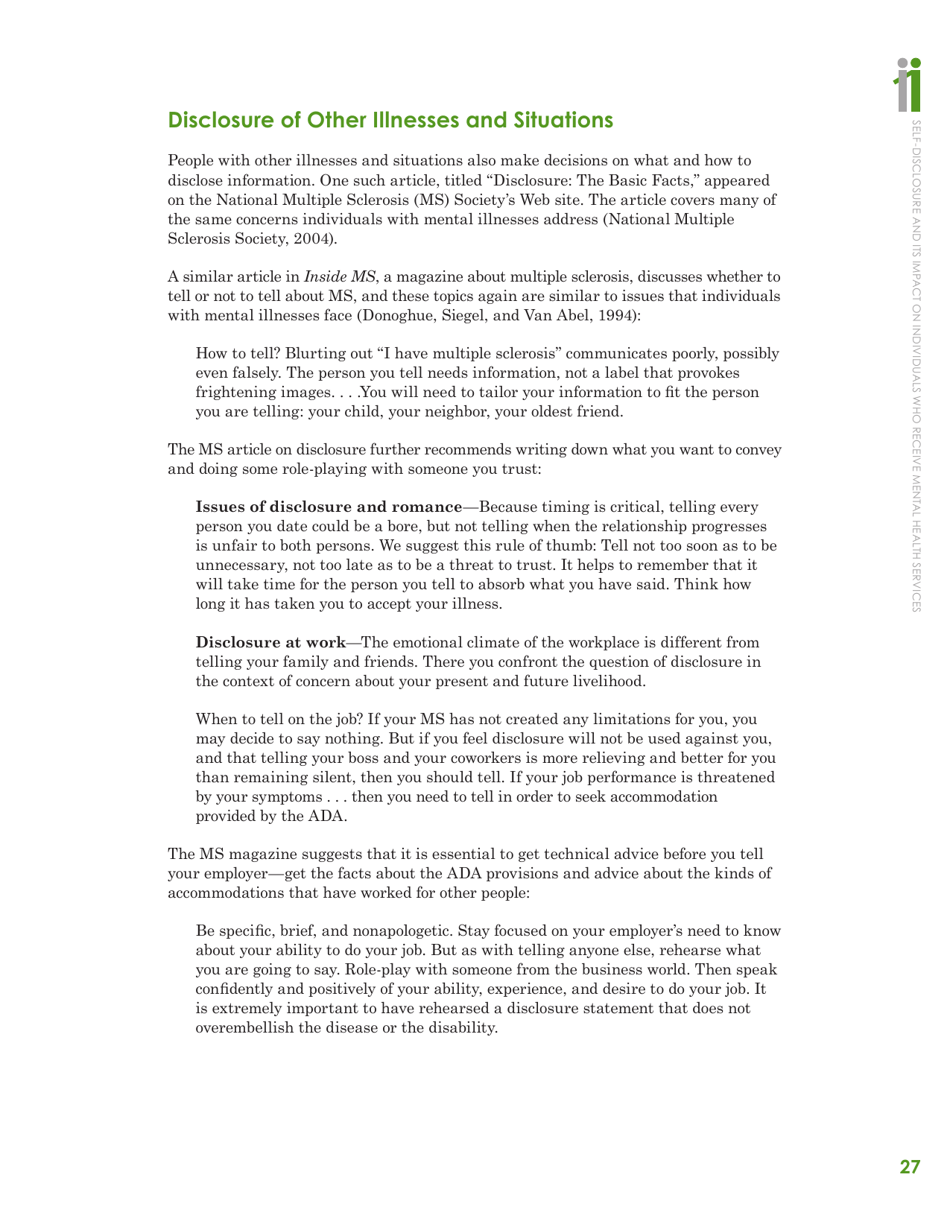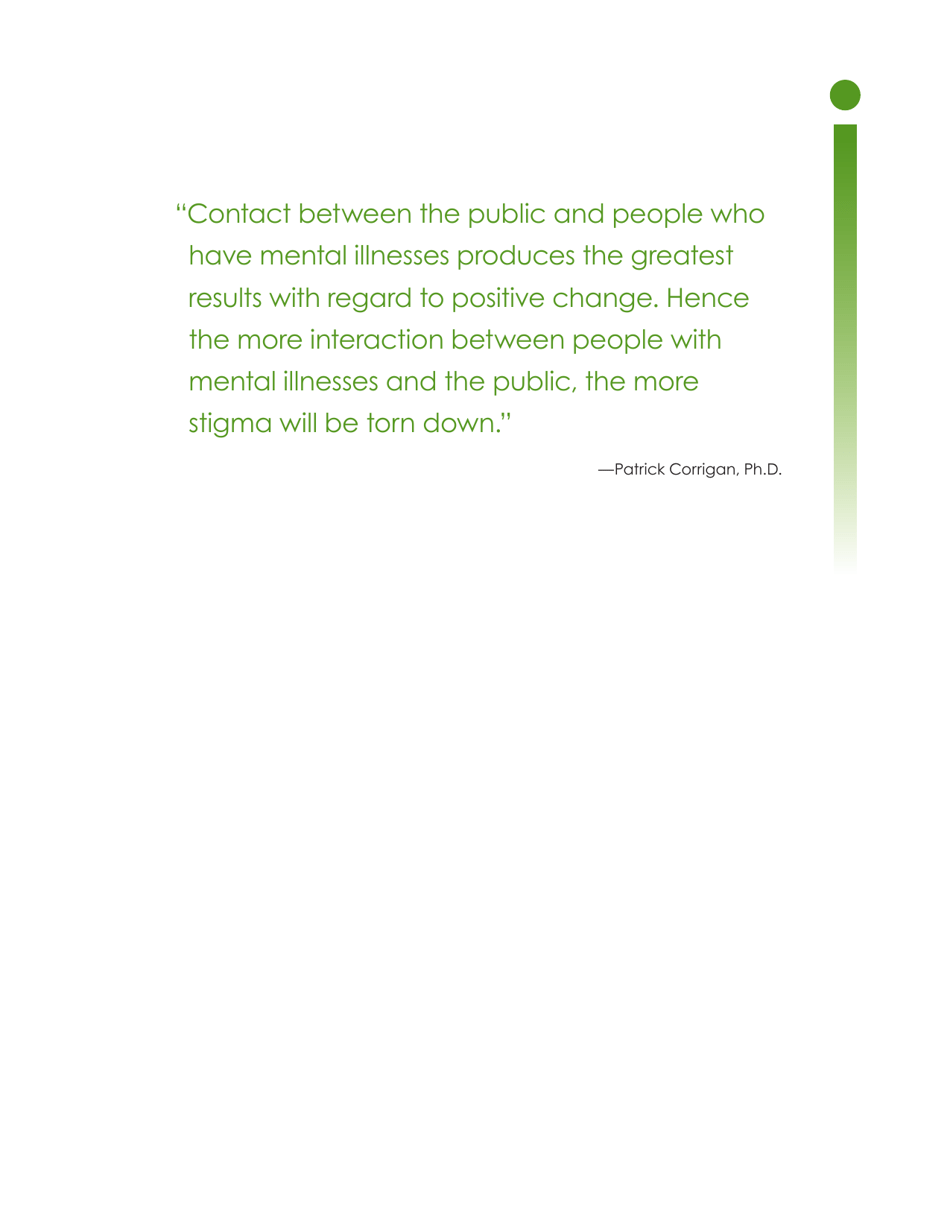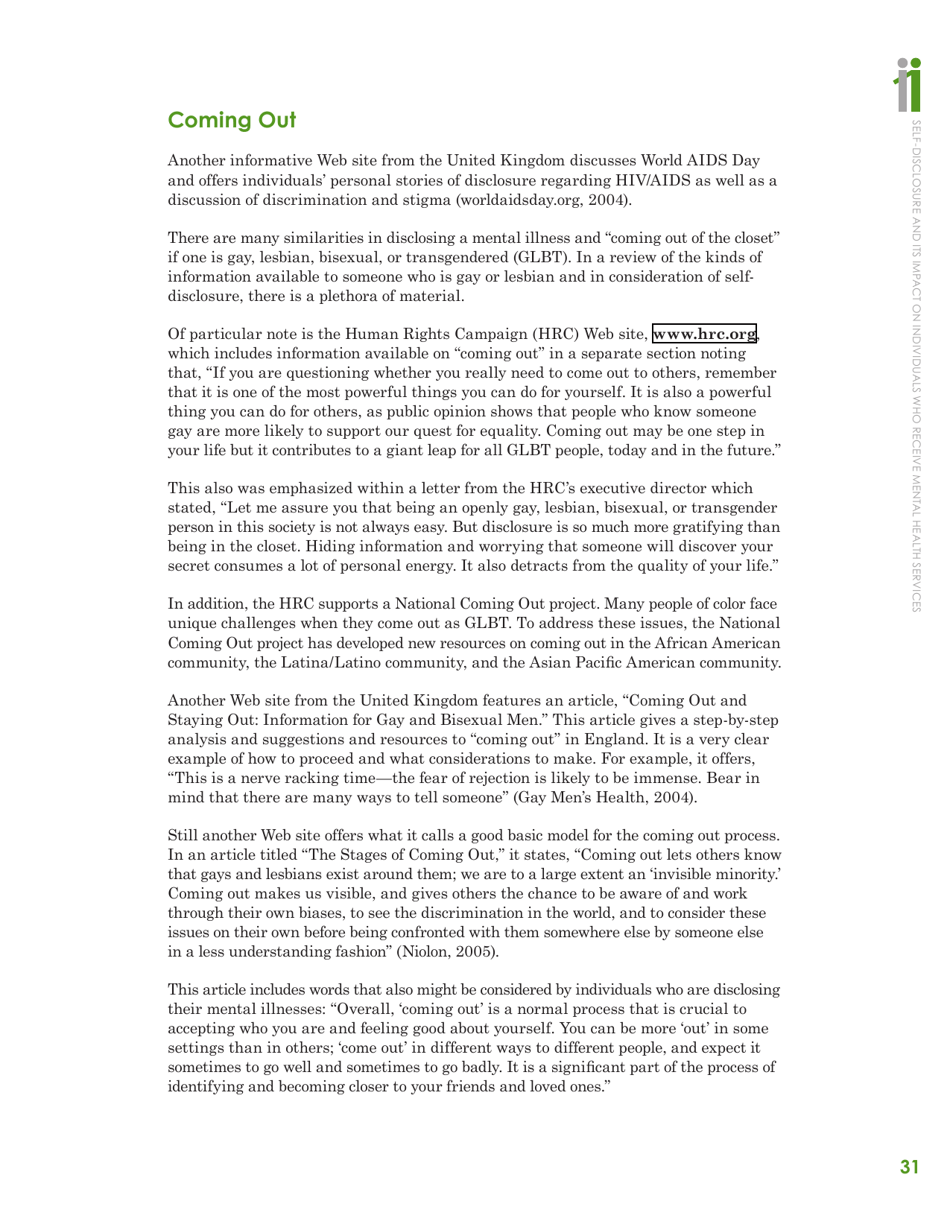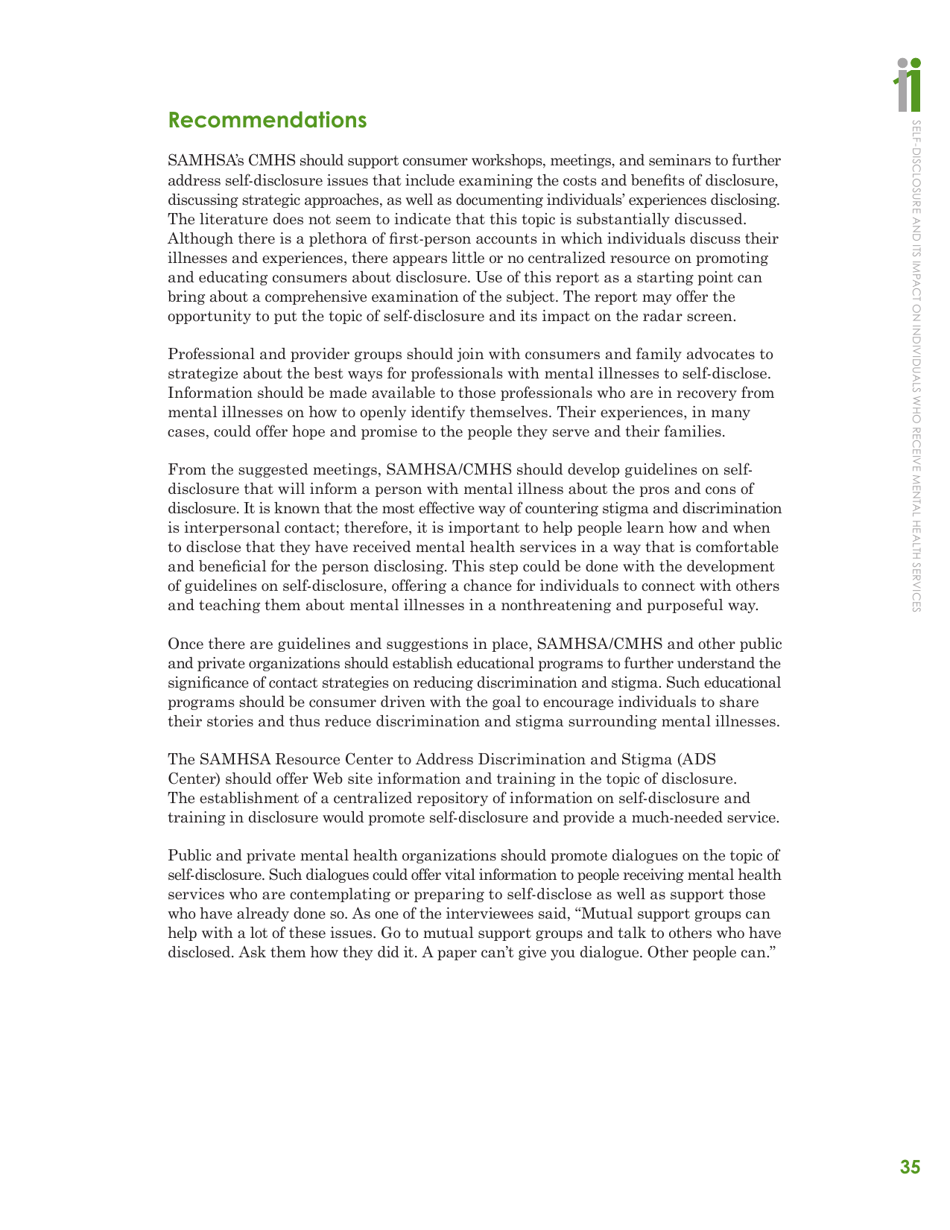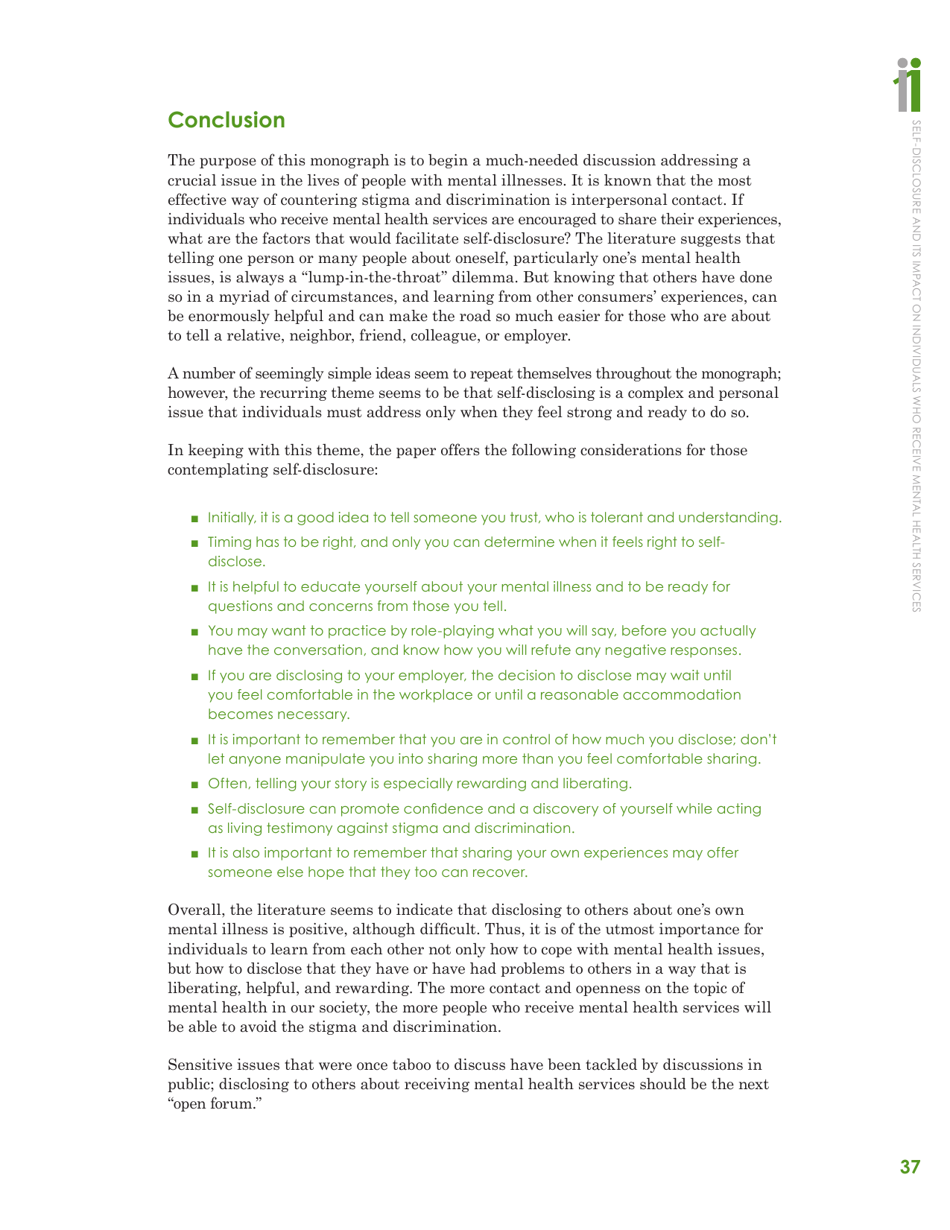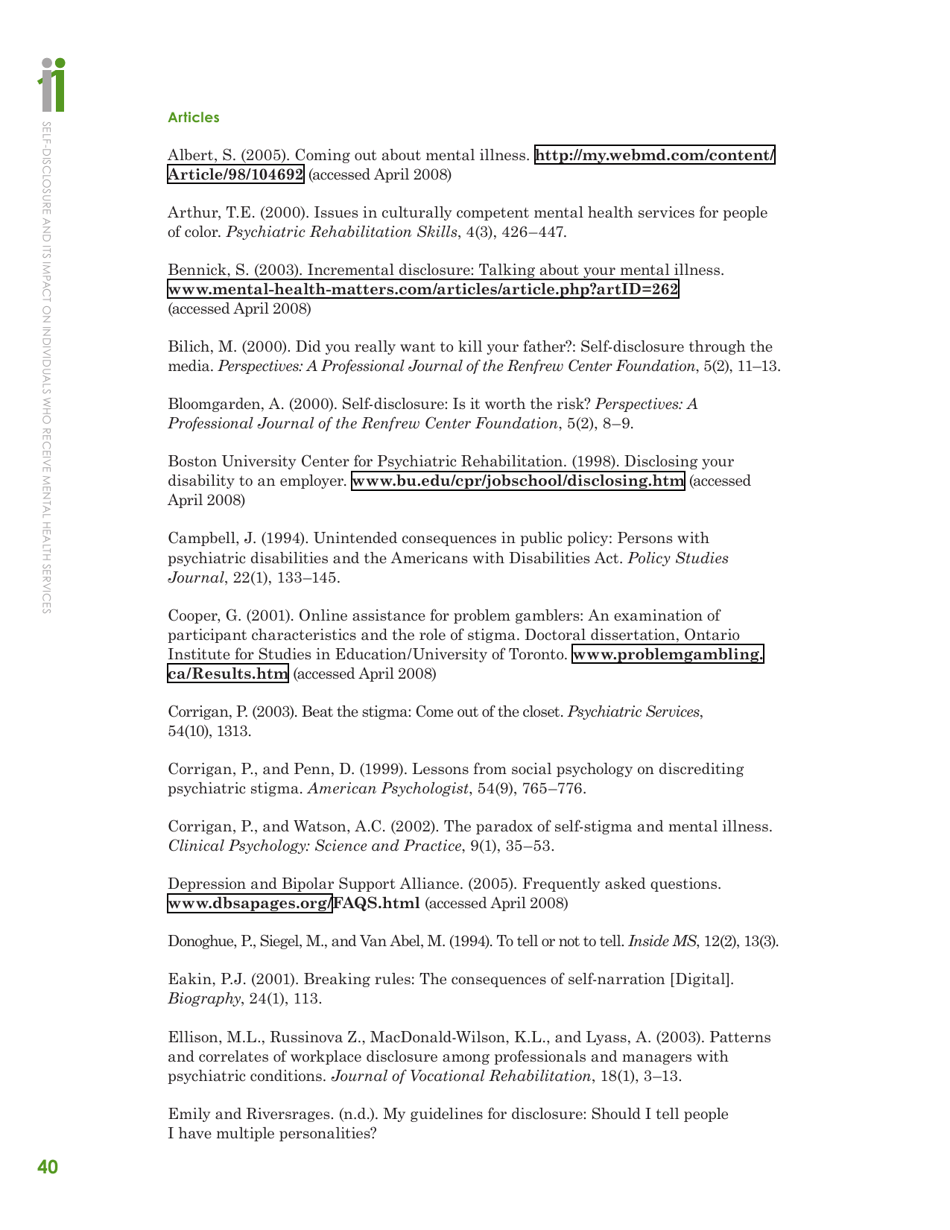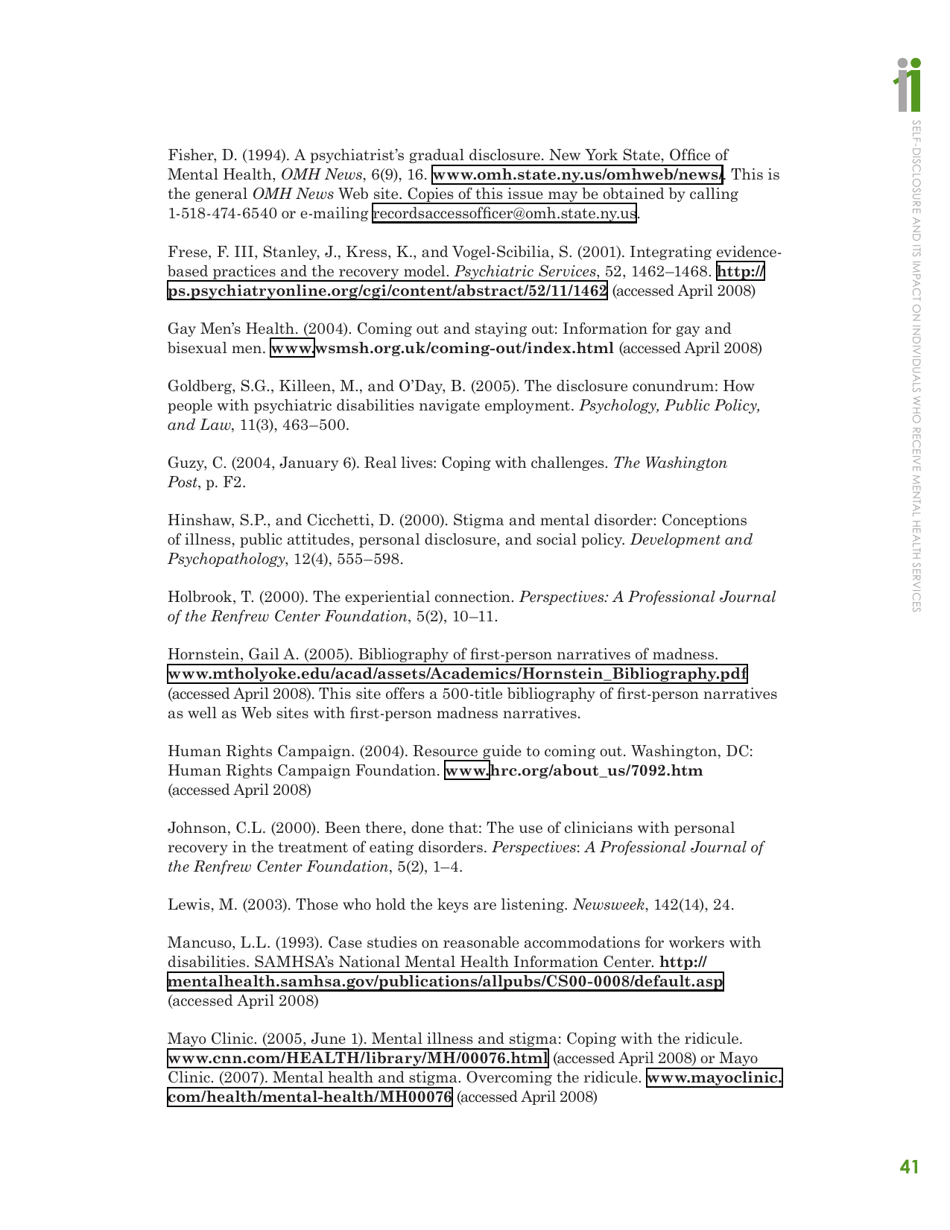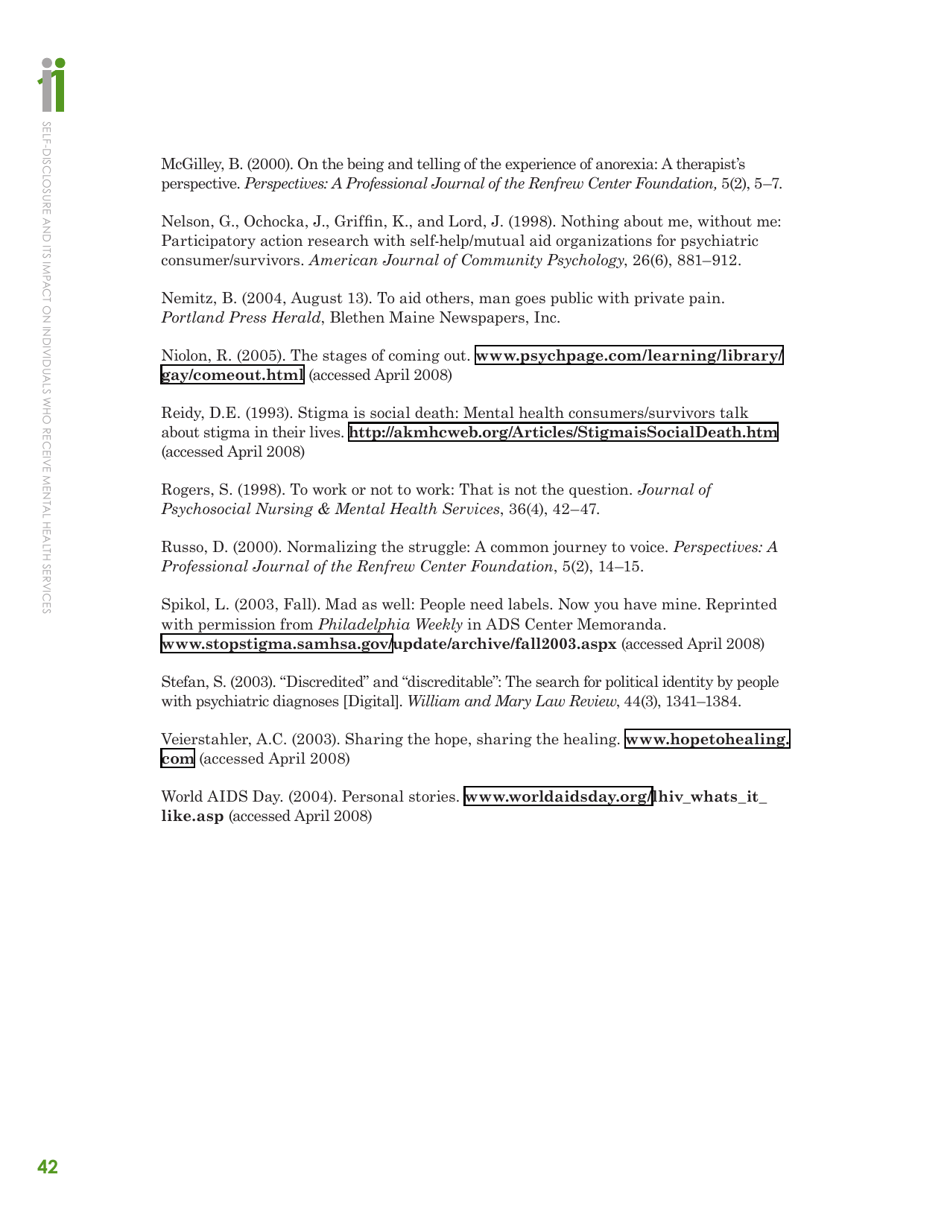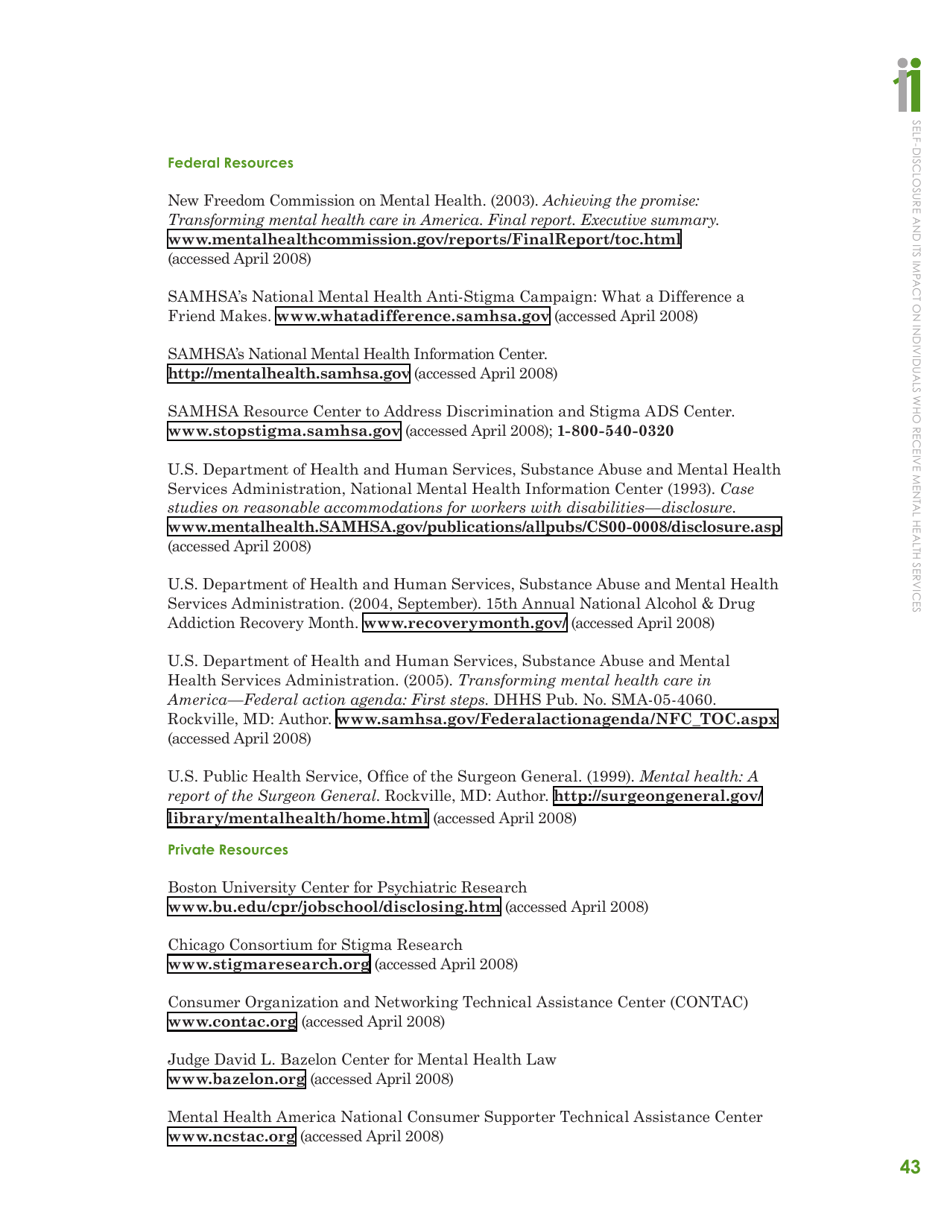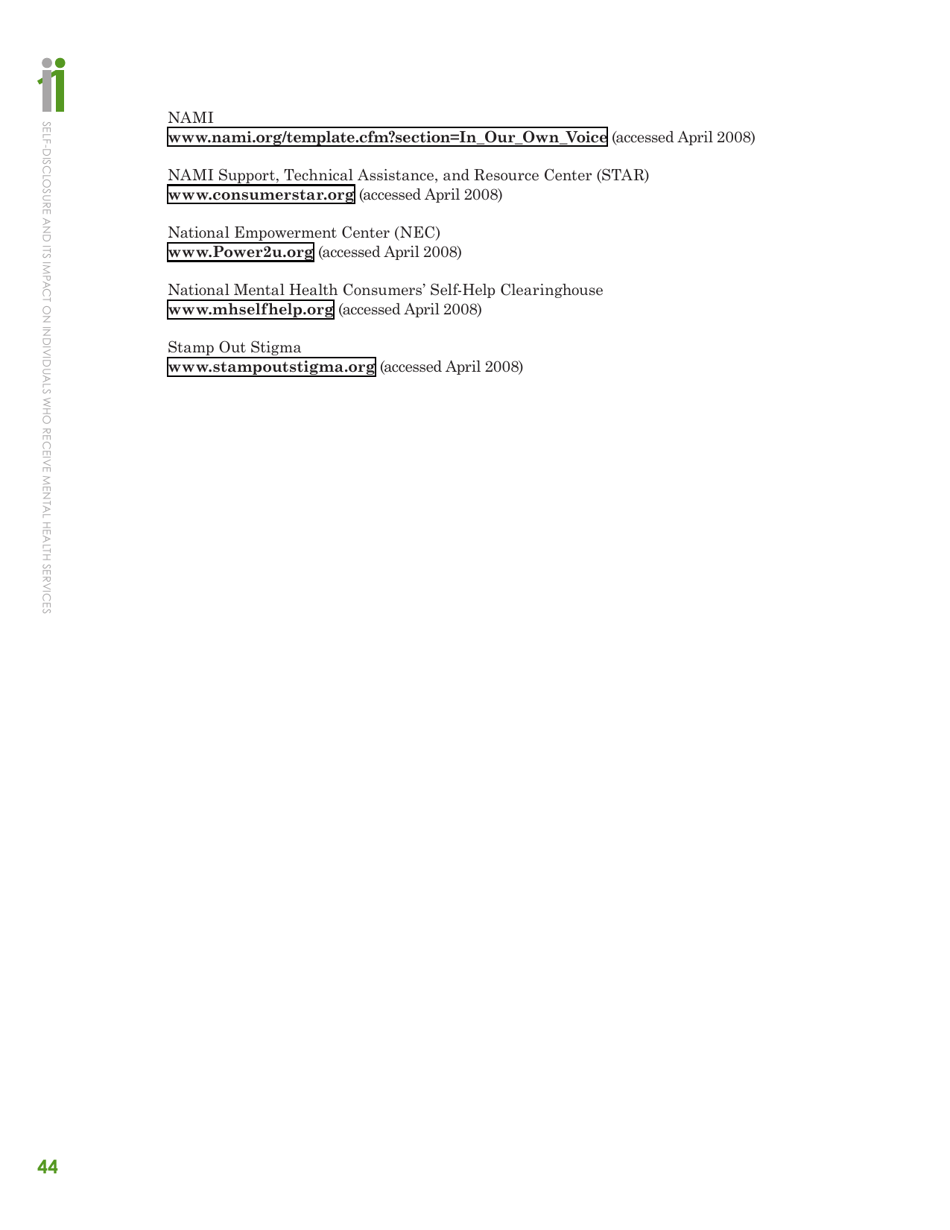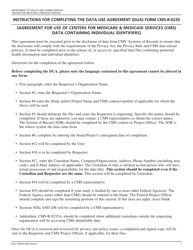Self-disclosure and Its Impact on Individuals Who Receive Mental Health Services
Self-disclosure and Its Impact on Individuals Who Receive Mental Health Services is a 50-page legal document that was released by the U.S. Department of Health and Human Services on January 1, 2008 and used nation-wide.
FAQ
Q: What is self-disclosure?
A: Self-disclosure refers to the act of sharing personal information or experiences with others.
Q: How does self-disclosure impact individuals who receive mental health services?
A: Self-disclosure can have both positive and negative impacts on individuals who receive mental health services. It can foster trust and therapeutic relationships, but it can also make individuals feel vulnerable or judged.
Q: What are the benefits of self-disclosure in mental health services?
A: Self-disclosure can help individuals feel understood, validated, and connected to their mental health providers. It can also promote a sense of mutual trust and facilitate the therapeutic process.
Q: What are the potential risks of self-disclosure in mental health services?
A: The potential risks of self-disclosure in mental health services include feeling judged or misunderstood, breaches of confidentiality, and blurred professional boundaries. It can also impact the power dynamics between the individual and their mental health provider.
Q: How should mental health providers approach self-disclosure?
A: Mental health providers should carefully consider the purpose and potential impact of their self-disclosure. They should prioritize the well-being and therapeutic needs of the individual, maintain professional boundaries, and uphold confidentiality.
Q: How can individuals receiving mental health services navigate self-disclosure?
A: Individuals should feel empowered to communicate their preferences and boundaries regarding self-disclosure to their mental health providers. They can also seek clarification or guidance from their providers about the purpose and potential impact of self-disclosure.
Q: What role does self-disclosure play in the therapeutic relationship?
A: Self-disclosure can help foster trust, empathy, and a sense of shared experience in the therapeutic relationship. However, it should be used judiciously and in a way that prioritizes the needs of the individual receiving mental health services.
Form Details:
- The latest edition currently provided by the U.S. Department of Health and Human Services;
- Ready to use and print;
- Easy to customize;
- Compatible with most PDF-viewing applications;
- Fill out the form in our online filing application.
Download a printable version of the form by clicking the link below or browse more legal forms and templates provided by the issuing department.
